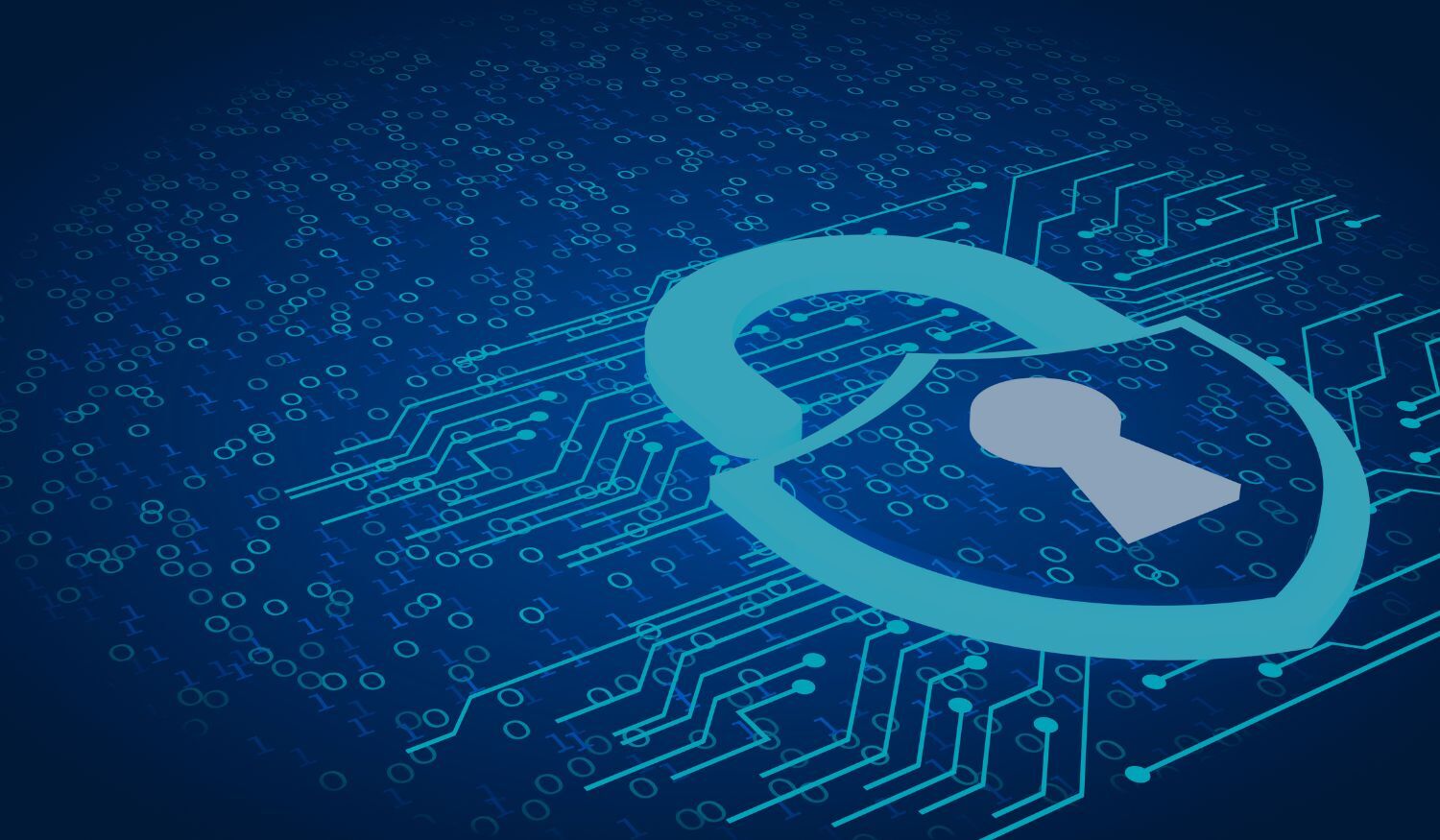Navigating the Cloud Data Security Maze in 2024
As we approach 2024, the use of cloud computing has become part of most organizations’ critical infrastructure to maximize the effect of their operations. However, it is also recognized that ensuring a robust cloud data security posture is paramount.
This article delves into the ongoing challenges faced by Chief Information Security Officers (CISOs), Risk Officers, and Data/Privacy Officers, who continue to grapple with the complex task of securing data in the cloud while keeping business operations at full pace. In a landscape where data is constantly on the move, manual processes are no longer practical. So, how can organizations effectively secure their data while embracing the opportunities presented by the cloud and advanced technologies?
The four areas explored below will be covered in greater depth – with real life case studies and experiences shared by CISO’s in the industry, during our monthly online Fireside chat. Register today to save your spot and join us on November 9th, at 3:30pm ET.
Balancing Security Goals and Business Enablement
Businesses are increasingly reliant on data to drive decision-making, gain competitive advantage, and innovate. However, this reliance on data comes with a significant challenge: how to ensure data remains secure while allowing the organization to leverage it effectively. The struggle to strike a balance between stringent security measures and business enablement is a top concern for CISOs and Risk Officers.
To address this challenge, organizations need to adopt a holistic approach to data security that encompasses people, process, and technology. This approach involves educating employees about the importance of data security, using the latest technologies such as AI driven solutions and automation, and continuously monitoring and assessing the security posture. By aligning security goals with the overarching business objectives, organizations can create a secure yet agile environment that encourages innovation and growth. We produced a 4 step guide which helps provide some context into the significant planning required to implement a secure cloud while not affecting business enablement.
New Approaches to Data Security in the Cloud and AI Era
The era of cloud computing and artificial intelligence has ushered in new paradigms for data security. Traditional security models that focus solely on perimeter defenses are no longer sufficient to protect against the evolving threat landscape. Instead, organizations must adopt a data-centric approach to security that focuses on safeguarding the data itself, regardless of its location.
One key strategy for enhancing cloud data security is encryption. Data should be encrypted both in transit and at rest, ensuring that even if it falls into the wrong hands, it remains unintelligible. Additionally, organizations should implement robust access controls, granular permissions, and multi-factor authentication to prevent unauthorized access to sensitive data.
Furthermore, machine learning and AI-driven security solutions can play a key role in detecting and mitigating cloud threats in real-time. These technologies can analyze vast amounts of data to identify anomalous behavior and potential security breaches, allowing organizations to respond proactively to emerging threats.
Generative AI: Risk Versus Reward
Generative AI, a subset of artificial intelligence, has garnered significant attention for its ability to create human-like text, images, and other content. While generative AI offers numerous benefits in terms of automation, it also poses inherent security risks.
The risk associated with generative AI lies in its potential to produce convincing fake content, such as deepfake videos or persuasive phishing emails. Cybercriminals can leverage generative AI to craft sophisticated and highly convincing attacks, making it challenging for traditional security measures to detect and prevent such threats.
To mitigate the risks to your cloud associated with generative AI, organizations must invest in advanced threat detection solutions that are specifically designed to identify information generated by AI.
Embracing Automation and Rapid Response in Cybersecurity
Automation and rapid response capabilities are no longer optional, but essential. Attackers are continuously evolving their tactics, and manual threat detection and response processes are simply too slow to keep pace. Organizations need to embrace automation within the cloud to enhance their security posture and reduce response times.
Automation can be applied across various facets of cybersecurity, from threat detection to incident response. Security orchestration and automation platforms (SOAR) can streamline the detection and mitigation of security incidents by automating repetitive tasks and enabling faster decision-making. These platforms can integrate with existing security tools and systems, creating a cohesive and responsive security ecosystem.
Furthermore, organizations should adopt a proactive stance by implementing threat hunting practices. Threat hunting involves actively searching for signs of malicious activity within an organization's network and systems. It leverages automation and advanced analytics to identify potential threats before they can escalate into significant security incidents.
Key Takeaways
Going into 2024, ensuring a robust cloud data security posture remains a top priority for organizations. CISOs, Risk Officers, and Data and Privacy Officers in organizations must navigate the challenges of safeguarding data while enabling business growth. To address these challenges, organizations must strike a balance between security goals and business enablement, adopt new data security approaches, carefully manage the risks associated with generative AI, and embrace automation for rapid threat detection and response.
Share this
You May Also Like
These Related Stories

AI Adoption: Protecting Loss Of Sensitive Data

4 Critical Data Security Questions that Organizations Must Address


